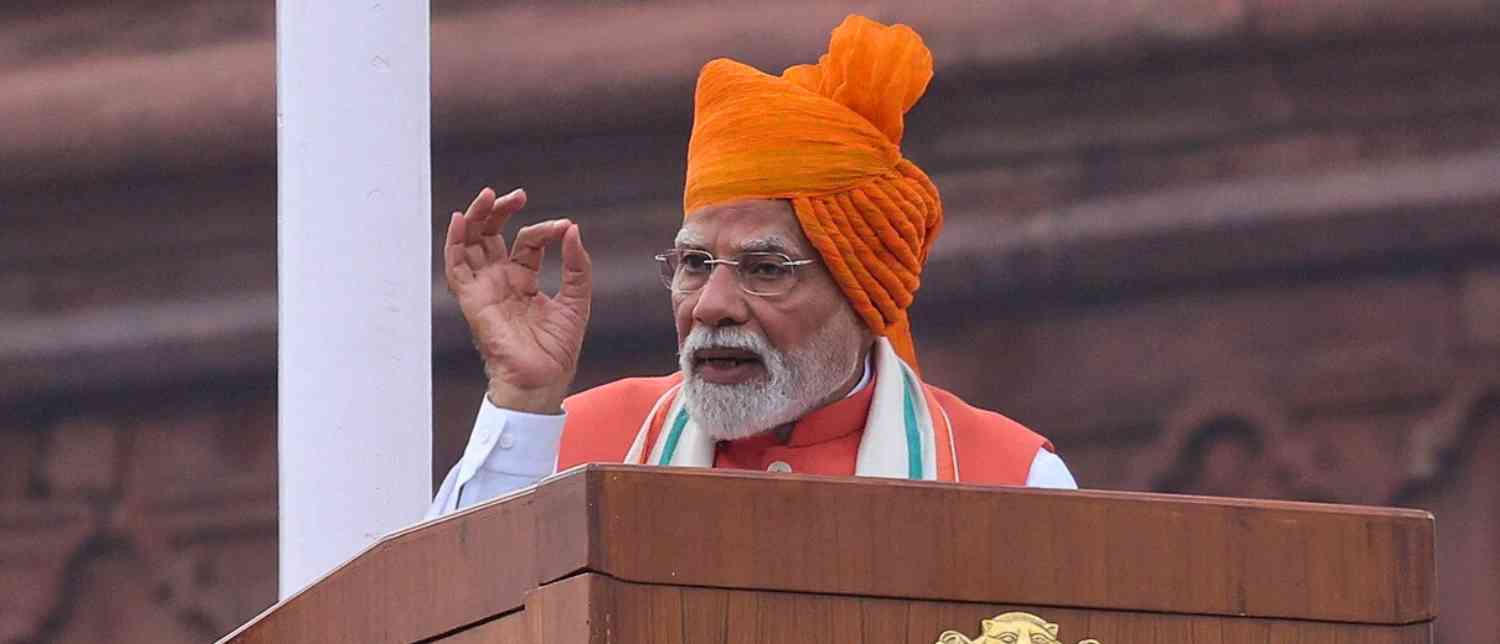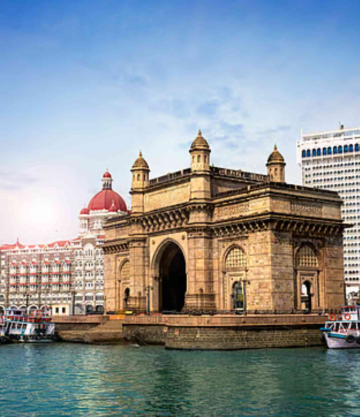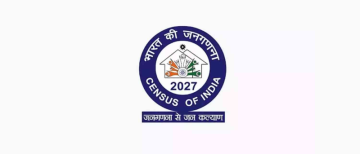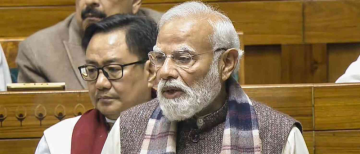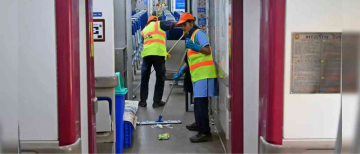Prime Minister Narendra Modi, during his Independence Day address, delivered several major announcements showcasing India's ambitious development plans across multiple sectors. These initiatives touch upon technology, energy, employment, governance, and national security, reflecting a comprehensive vision for the nation's future.
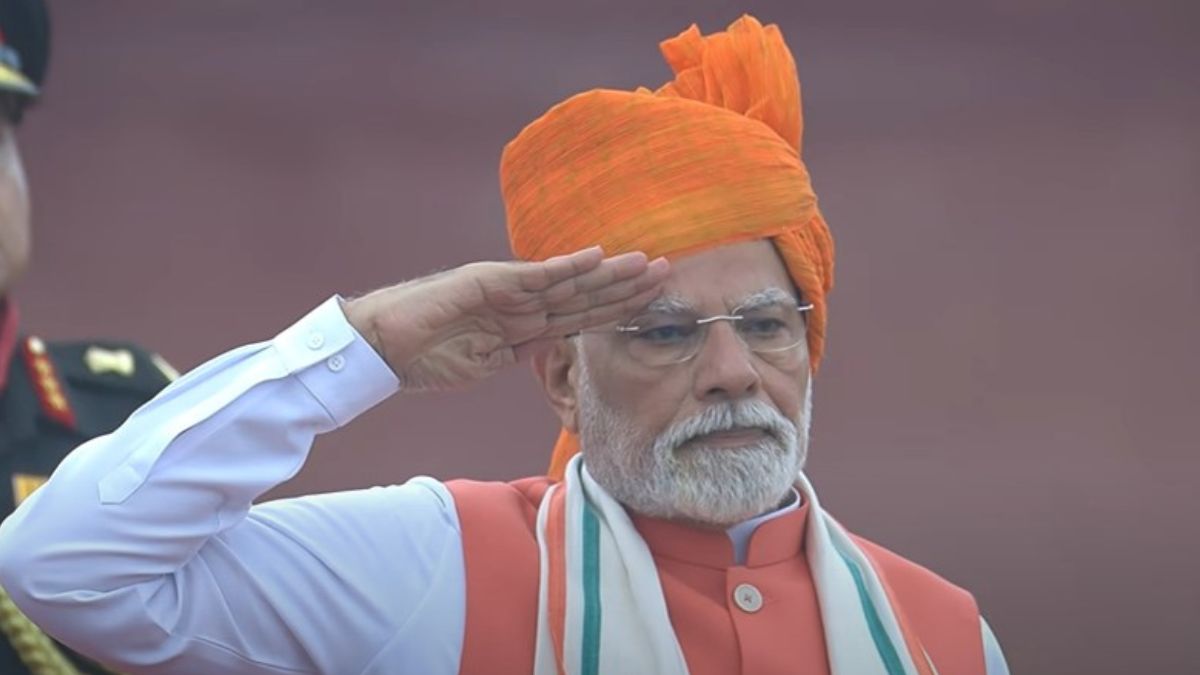
One of the standout declarations was India's resolve to launch its first "Made in India" semiconductor chip by the end of this year. This comes after decades of struggling to establish a strong semiconductor industry, which now sees India on a determined mission to become self-reliant in this critical technology area. The importance of domestic chip production cannot be overstated, as semiconductors are vital to modern computers, smartphones, and many other electronic devices crucial to everyday life and economic growth.
In the energy sector, PM Modi highlighted ongoing projects to build 10 new nuclear reactors. This is part of India's target to increase nuclear power generation capacity by more than ten times in the next 20 years. Alongside this, there are significant expansions planned in solar, hydrogen, hydro, and nuclear energy to reduce India's dependency on imported fossil fuels like petrol, diesel, and gas. Complementing this push, the National Deepwater Exploration Mission aims to explore ocean resources to support energy security.
Modi also announced upcoming reforms in the Goods and Services Tax (GST) system, scheduled for Diwali, which aim to lower taxes on essential goods. These reforms are designed to ease the financial burden on Micro, Small and Medium Enterprises (MSMEs), local vendors, and consumers, potentially boosting economic activity and inclusive growth.
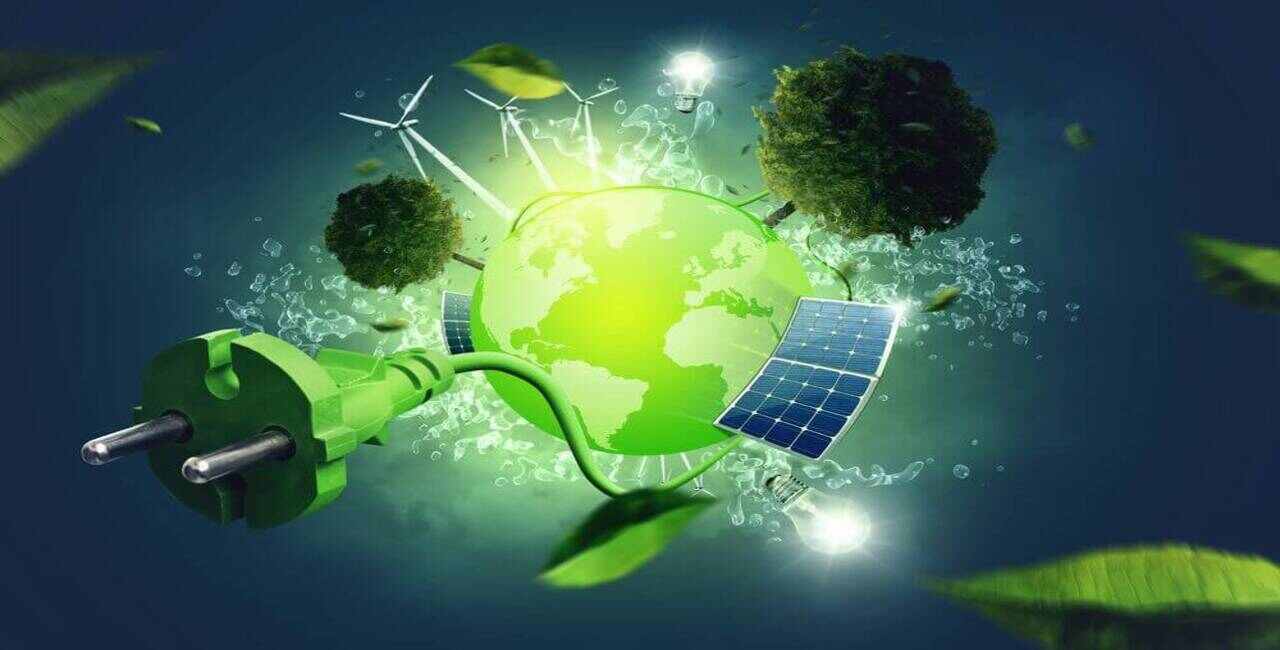
To accelerate governance reforms and economic progress, a dedicated Reform Task Force will be created. Its role will be to cut bureaucratic red tape and modernize governance, a move expected to enhance efficiency and make it easier to do business in India.
Addressing employment, the Prime Minister introduced a major ₹1 lakh crore scheme to support newly employed youth, providing them with ₹15,000 each. This scheme plans to benefit 3 crore young Indians, aiming to strengthen the transition from “Swatantra Bharat” (Independent India) to “Samriddha Bharat” (Prosperous India). This shows a focus on the young population as vital contributors to India's future.
National security concerns were also addressed, particularly regarding demographic imbalances caused by infiltration and illegal migration in border areas. To tackle this, a High-Powered Demography Mission will be launched, focusing on securing India's unity, integrity, and the rights of its citizens.
Finally, in a call to innovation and self-reliance, PM Modi urged Indian scientists and youth to take on the challenge of developing indigenous jet engines. Drawing parallels to India’s success in producing COVID vaccines and the Unified Payments Interface (UPI) for digital payments, this challenge symbolizes India’s ambition to lead in complex, high-tech manufacturing.
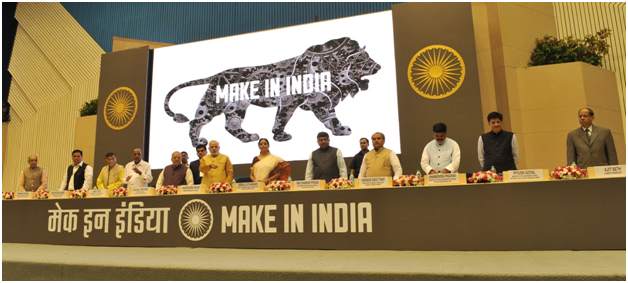
Looking at these announcements collectively, they reveal a strategic, multi-pronged effort aimed at making India more self-reliant, technologically advanced, and economically inclusive over the coming decades. These missions are ambitious and could fundamentally reshape India’s industrial and technological landscape if successfully implemented. However, the real test lies in execution—delivering on promised reforms, scaling up energy infrastructure, creating meaningful employment, and safeguarding security without creating new challenges.
For the average citizen, these plans could mean cheaper goods, more job opportunities, and a more stable economy. For India’s youth, they offer a call to be part of nation-building through innovation and hard work. While these announcements generate hope and enthusiasm, it also calls for informed public discussion and oversight to ensure the goals translate into real benefits across all sections of society. Overall, the vision is clear: a future where India stands strong, self-sufficient, and prosperous on the global stage.
With inputs from agencies
Image Source: Multiple agencies
© Copyright 2025. All Rights Reserved. Powered by Vygr Media.

